Do you have a question about the Generac Power Systems GP3000i and is the answer not in the manual?
| Type | Inverter |
|---|---|
| Fuel Type | Gasoline |
| Fuel Tank Capacity | 1.06 gallons |
| Noise Level | 58 dBA |
| Engine Displacement | 79 cc |
| Voltage | 120V |
| Frequency | 60 Hz |
| Starting System | Recoil |
| Rated Watts | 2300 W |
| Starting Watts | 3000 |
| Peak Watts | 3000 |
| Engine | Generac |
| Dimensions (L x W x H) | 11.4 in x 17.9 in |
| Outlets | 2 x 120V 20A |
| Warranty | 2 years |
Guidance on reading the manual thoroughly and seeking assistance for unclear sections.
Defines DANGER, WARNING, CAUTION, and NOTE alerts used throughout the manual.
Explains safety symbols related to carbon monoxide poisoning and asphyxiation hazards.
Warnings about water contact, turning off power, and emergency procedures during electrical accidents.
Advises against altering construction, operating on uneven surfaces, or using as a step.
Details dangers of carbon monoxide, proper ventilation, and exhaust placement.
Covers risks of electrocution from water, wires, and emergency response protocols.
Warns about fuel flammability, safe fueling practices, ventilation, and explosion risks.
Identifies key external components and their locations on the generator unit.
Details the functions of the control panel elements like PowerDial and status lights.
Lists key technical data like power output, voltage, frequency, and dimensions.
Details engine type, displacement, spark plug type, and fluid capacities.
Explains EPA/CARB standards and the importance of maintenance for compliance.
Describes the 120V duplex and 30A receptacles, their ratings, and protection.
Explains the functions of the PowerDial, economy switch, and status indicators.
Explains how circuit protectors work and how to reset them after an overload.
Guides on unpacking the generator and verifying carton contents.
Provides instructions for checking and adding engine oil, including viscosity recommendations.
Details critical safety warnings for fueling and acceptable gasoline types.
Outlines the correct procedure for fueling and notes on fuel stabilization for storage.
Lists essential checks before starting the engine, including oil and fuel levels.
Covers safety precautions before operating and preparing the generator.
Explains the generator's grounding system and neutral floating configuration.
Details requirements for connecting to a building's electrical system via a transfer switch.
Explains how to avoid overloading and calculate connected device wattage.
Provides a list of common devices and their typical running wattage for load calculation.
Advises on the maximum angle for transporting the generator to prevent damage.
Step-by-step guide for starting the generator using the recoil starter.
Details the correct procedure for safely shutting down the generator.
Explains low oil shutdown feature and parallel operation requirements.
Outlines regular maintenance tasks and their recommended intervals.
Provides guidance on cleaning the generator to prevent damage and ensure proper operation.
Advises on the correct type and brand of oil for engine servicing and warranty compliance.
Details the procedure for checking the engine oil level before each use.
Step-by-step instructions for changing the engine oil, including disposal.
Explains how to service the air filter for optimal engine performance.
Guides on inspecting, gapping, and replacing the spark plug.
Details inspection and cleaning procedures for the muffler and spark arrestor screen.
Advises contacting a service dealer for essential valve clearance checks and adjustments.
Provides recommendations for storing the generator safely and effectively.
Outlines steps to prepare the engine and fuel system for extended periods of non-use.
Lists common problems with starting or running the engine and their solutions.
Addresses issues related to no AC output, overload, and fuel leaks.
Illustrates the internal electrical connections of the generator, including coils and control panel.
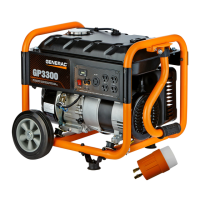

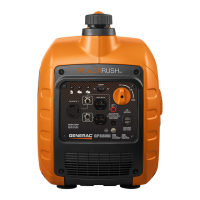
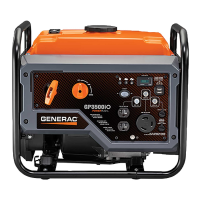
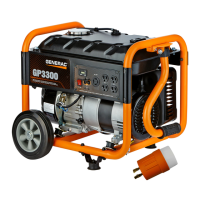

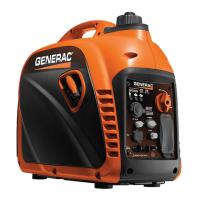
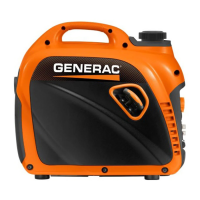

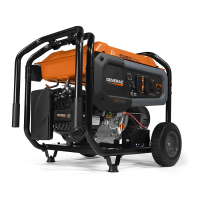
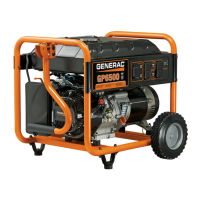
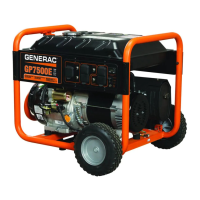
